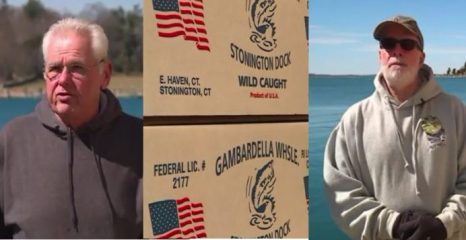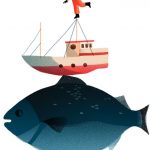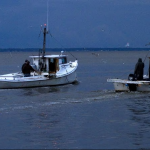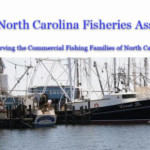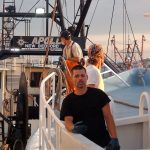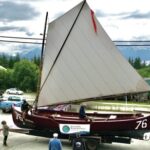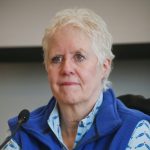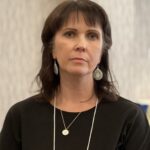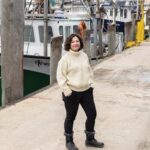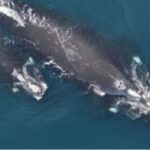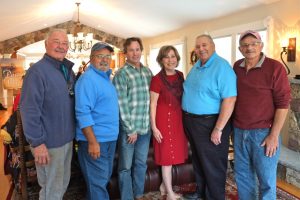Daily Archives: March 31, 2017
Plan to reopen Maine shrimp fishery in the works
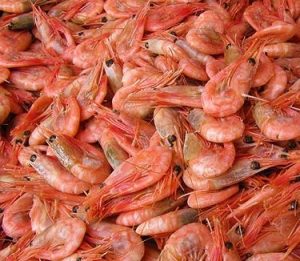 The Atlantic States Marine Fisheries Commission is seeking comment on its plan to reopen the northern shrimp fishery, which has been closed for three years. The Arlington, Va.-based regulatory agency’s plan includes options such as changing the way the quota system is managed. The agency noted that earlier proposals had considered establishing a limited entry program. The current proposal eliminates that option and focuses instead on “total allowable catch allocation programs, gear requirements, and other measures to improve management of the northern shrimp fishery and resource.” continue reading the story click here 21:14
The Atlantic States Marine Fisheries Commission is seeking comment on its plan to reopen the northern shrimp fishery, which has been closed for three years. The Arlington, Va.-based regulatory agency’s plan includes options such as changing the way the quota system is managed. The agency noted that earlier proposals had considered establishing a limited entry program. The current proposal eliminates that option and focuses instead on “total allowable catch allocation programs, gear requirements, and other measures to improve management of the northern shrimp fishery and resource.” continue reading the story click here 21:14
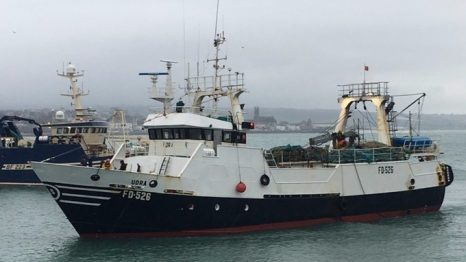
Are Spanish trawlers in Cornwall ‘getting landing figures up’ so they can claim link to UK during Brexit talks?
It could be just a coincidence but the arrival of what are understood to be Spanish trawlers in Cornwall has left some wondering if something fishy is going on. Within hours of the government triggering Article 50 the boats were landing their catch in the Cornish harbour of Newlyn for the first time in years. The suspicion amongst some in the fishing community is that these boats, which sail under a British Flag but are part of the Spanish fleet, are “getting the landing figures up so they can claim an economic link to the UK during Brexit talks”. read the rest, click here 18:09
FISH-NL: Shrimp cuts impact harvesters/rural communities like a hammer
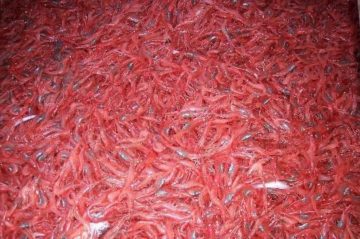 The Federation of Independent Sea Harvesters of Newfoundland and Labrador (FISH-NL) says the massive cut to the northern shrimp quota off the Great Northern Peninsula and southern Labrador (Shrimp Fishing Area 6) has hit the inshore fleet and adjacent communities like a hammer. “The crisis in the shrimp fishery is unprecedented,” says Ryan Cleary, President of FISH-NL. “The situation today is even worse than the groundfish moratoriam of the early 1990s in that many shrimp harvesters have no other species to turn to. The harvesters who do have other species have also taken massive hits.” Read the press release here 17:47
The Federation of Independent Sea Harvesters of Newfoundland and Labrador (FISH-NL) says the massive cut to the northern shrimp quota off the Great Northern Peninsula and southern Labrador (Shrimp Fishing Area 6) has hit the inshore fleet and adjacent communities like a hammer. “The crisis in the shrimp fishery is unprecedented,” says Ryan Cleary, President of FISH-NL. “The situation today is even worse than the groundfish moratoriam of the early 1990s in that many shrimp harvesters have no other species to turn to. The harvesters who do have other species have also taken massive hits.” Read the press release here 17:47
Cable Under Gardiner’s Bay Sparks Debate – Trustees, baymen talk wind farm landing sites
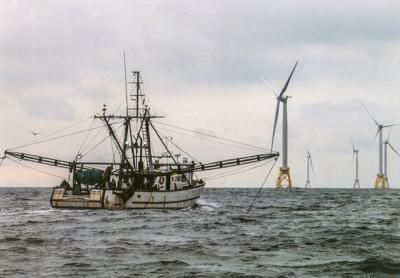 When officials of Deepwater Wind, the Rhode Island company that plans to construct an offshore wind farm 30 miles from Montauk, presented its plans to the community at Clinton Academy in East Hampton on March 9, several commercial fishermen in attendance voiced opposition, fearing a negative impact on their livelihood. That concern resurfaced on Monday night, when the East Hampton Town Trustees heard from several residents. Mr. (Gary) Cobb wondered “what jet-plowing is going to do to the bottom of Gardiner’s Bay.” The Air Force veteran, who studied avionics systems technology, also questioned “the proximity of these transmission lines to not just significant coastal wildlife habitat, but essential fish habitat.” continue reading the story here 17:13
When officials of Deepwater Wind, the Rhode Island company that plans to construct an offshore wind farm 30 miles from Montauk, presented its plans to the community at Clinton Academy in East Hampton on March 9, several commercial fishermen in attendance voiced opposition, fearing a negative impact on their livelihood. That concern resurfaced on Monday night, when the East Hampton Town Trustees heard from several residents. Mr. (Gary) Cobb wondered “what jet-plowing is going to do to the bottom of Gardiner’s Bay.” The Air Force veteran, who studied avionics systems technology, also questioned “the proximity of these transmission lines to not just significant coastal wildlife habitat, but essential fish habitat.” continue reading the story here 17:13
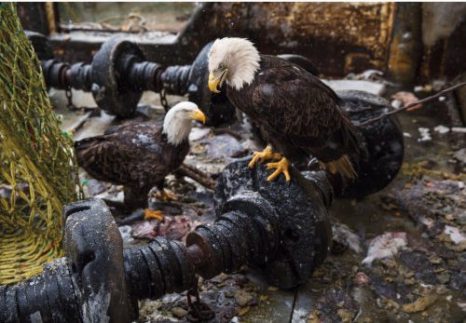
Dirty Birds – What it’s like to live with a national symbol
Dutch Harbor is a small town on a small island far out in Alaska’s Aleutian chain, nearly 1,200 miles from Anchorage at the edge of the Bering Sea. It’s the most productive fishing port in the United States. Every winter the tiny population swells with thousands of people who come to work in the fish processing plants, on the crab boats, or out on the big cod and pollack trawlers. But they’re not the only ones trying their fortunes in town or out on the boats. People in town call them Dutch Harbor pigeons. The rest of us call them bald eagles. In a community of just over 4,700 permanent residents, there live an estimated 500 to 800 eagles. They stare judgily down from light posts, peer intently into people’s windows, eat foxes and seagulls while perched in the trees next to the high school, and sit on rooflines like living weather vanes. Down at the docks, they swarm every boat that comes into port like some sort of Hitchcockian nightmare, fighting for scraps of bait, elbowing one another for prime positions, crowding together on top of crab pots, and squawk-cheeping their opinions. View more images, read the story here 11:01
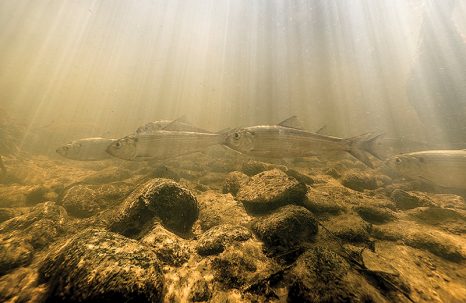
Sonar revealing more river herring in Choptank River than expected
Scientists have a powerful new tool to help them “see” fish in the Chesapeake Bay’s murky tributaries, and it’s yielding some surprisingly good news about two of the estuary’s most troubled species. “Imaging sonar” uses sound to help them view, and count, passing fish in dark or cloudy water. For the past few years, scientists with the Smithsonian Environmental Research Center have been deploying one of these underwater sound cameras in some of the Bay’s rivers to monitor spawning runs of alewife and blueback herring, collectively known as river herring.,,No one knows for sure how many river herring are in the Bay, as fisheries managers lack the staff and resources to do a comprehensive assessment. But a SERC-led team of scientists deployed an imaging sonar device in the Choptank River in 2014 that captured images of the fish as they swam by. Based on the rate at which scientists saw the shadowy blips cross their computer screens, they estimated that as many as 1.3 million river herring swam upriver that spring to spawn. That’s more than expected, and way more than state biologists had figured were there in the early 1970s, the last time anyone looked intensively at the Choptank’s herring runs. Read the article here 10:14
Rural NL faces devastation in light of drastic cuts to northern shrimp quota
 ST. JOHN’S – Yesterday evening, the federal government announced a 63 per cent cut to inshore northern shrimp quota in fishing area 6. The FFAW is calling on the federal Minister of Fisheries and Oceans to reconsider the radical nature of these cuts, and once again calls for the offshore to be removed from shrimp fishing area (SFA) 6. The total allowable catch for SFA 6 went from 48,196 tons in 2015 to 27,825 tons in 2016, to a dismal 10,400 tons announced for 2017. This amounts to a 78 per cent quota reduction over two years. The Department of Fisheries and Oceans (DFO) slashed harvest rates from 20 per cent in 2016 to 10 per cent in 2017. These dramatic cuts to the harvest rate are not in line with the reduction in the northern shrimp biomass. The decline in northern shrimp is not due to overfishing, rather it is a result of an environmental shift in the ocean ecosystem. As groundfish stocks rebuild, it is inevitable that shellfish stocks in the area will continue to decline. Read the press release here 09:36
ST. JOHN’S – Yesterday evening, the federal government announced a 63 per cent cut to inshore northern shrimp quota in fishing area 6. The FFAW is calling on the federal Minister of Fisheries and Oceans to reconsider the radical nature of these cuts, and once again calls for the offshore to be removed from shrimp fishing area (SFA) 6. The total allowable catch for SFA 6 went from 48,196 tons in 2015 to 27,825 tons in 2016, to a dismal 10,400 tons announced for 2017. This amounts to a 78 per cent quota reduction over two years. The Department of Fisheries and Oceans (DFO) slashed harvest rates from 20 per cent in 2016 to 10 per cent in 2017. These dramatic cuts to the harvest rate are not in line with the reduction in the northern shrimp biomass. The decline in northern shrimp is not due to overfishing, rather it is a result of an environmental shift in the ocean ecosystem. As groundfish stocks rebuild, it is inevitable that shellfish stocks in the area will continue to decline. Read the press release here 09:36
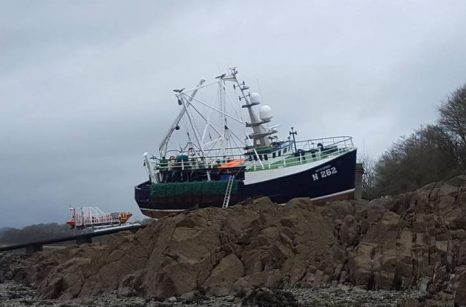
Fishing boat runs aground in Dumfries and Galloway
Five men had to be rescued after a fishing boat ran aground near Kirkcudbright. The stranded commercial vessel hit land within metres of the town’s lifeboat station during the night. The Irish registered scallop dredger was taking on water after hitting the rocks and had sent a distress signal around 1am. A Marine and Coastguard Agency spokeswoman said: “Just after 1am today (31 March) UK Coastguard received a VHF radio call from a fishing vessel reporting they were taking on water at Kirkcudbright Bay. “The vessel with five persons on board had run aground close to the Kirkcudbright Lifeboat Station and hit rocks before it started taking on water. More images, read the rest here 09:17
PARRI to offer Narcan training for fishermen
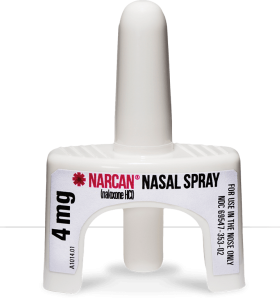 John Rosenthal, Co-founder and Chairman of the Police Assisted Addiction and Recovery Initiative (P.A.A.R.I.), Allie Hunter McDade, Executive Director of P.A.A.R.I., Mayor Sefatia Romeo Theken and Police Chief John McCarthy are pleased to announce that the City of Gloucester, in conjunction with the Fishing Partnership Support Services, Gloucester Fishermen’s Wives Association and the Coast Guard, will offer CPR, first aid and nasal naloxone training to commercial fisherman on Friday, March 31. Approximately 40 fishermen will attending the CPR/first aid course, which will include a segment where they learn how to recognize and respond to an opioid overdose, including how to administer nasal Narcan, which will then become another staple instrument included in their first aid kits. continue reading the story here 08:38
John Rosenthal, Co-founder and Chairman of the Police Assisted Addiction and Recovery Initiative (P.A.A.R.I.), Allie Hunter McDade, Executive Director of P.A.A.R.I., Mayor Sefatia Romeo Theken and Police Chief John McCarthy are pleased to announce that the City of Gloucester, in conjunction with the Fishing Partnership Support Services, Gloucester Fishermen’s Wives Association and the Coast Guard, will offer CPR, first aid and nasal naloxone training to commercial fisherman on Friday, March 31. Approximately 40 fishermen will attending the CPR/first aid course, which will include a segment where they learn how to recognize and respond to an opioid overdose, including how to administer nasal Narcan, which will then become another staple instrument included in their first aid kits. continue reading the story here 08:38






